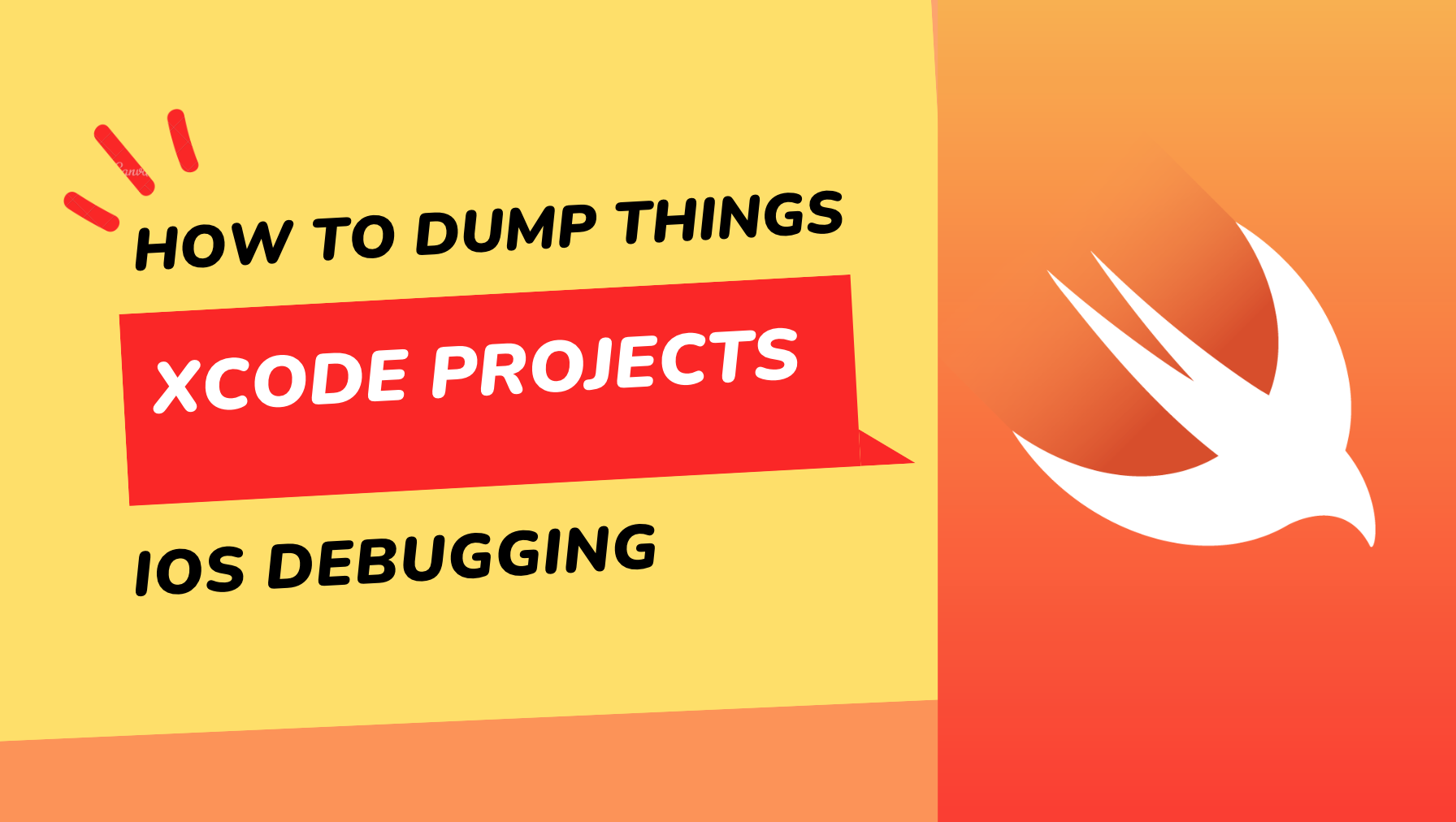Debugging is an essential part of iOS development process, and the dump method is a powerful tool that can help you quickly diagnose and fix issues in your code. In this article, we’ll take a look at how we can use the dump method to debug our iOS apps.
The dump method is particularly useful for inspecting complex data structures, such as arrays, dictionaries, and custom objects. When you call dump on an object, it will print out a textual representation of its contents, including all of its properties and sub-properties.
Usage
To use the dump method in your iOS app, simply call it on the object you want to inspect. For example, if you have an array of custom objects and you want to see the properties of each object, you can call dump(myArray) and it will print out all of the objects in the array, along with their properties.
Dumping Array
1
2
3
4
5
6
7
8
9
10
let myArray = ["apple", "banana", "orange"]
dump(myArray)
// Output:
▿ 3 elements
- "apple"
- "banana"
- "orange"
Dumping Dictionary
1
2
3
4
5
6
7
8
9
10
11
12
13
14
15
let myDict = ["one": 1, "two": 2, "three": 3]
dump(myDict)
// Output:
▿ 3 key/value pairs
▿ (2 elements)
- key: "two"
- value: 2
▿ (2 elements)
- key: "three"
- value: 3
▿ (2 elements)
- key: "one"
- value: 1
Dumping a Custom Object
1
2
3
4
5
6
7
8
9
10
11
12
13
14
15
16
17
class Person {
var name: String
var age: Int
init(name: String, age: Int) {
self.name = name
self.age = age
}
}
let person = Person(name: "John", age: 25)
dump(person)
// Output:
▿ __lldb_expr_2.Person #0
- name: "John"
- age: 25
As you can see, the dump method provides a textual representation of all of the properties of the Person object.
In addition to inspecting the contents of an object, the dump method can also help you identify issues with your code. For example, if you have a custom object with a property that is nil, the dump output will show you which property is nil, allowing you to quickly identify and fix the issue.
One thing to keep in mind when using the dump method is that it can produce a lot of output, particularly for large data structures. To avoid overwhelming the console, you can use the maxDepth option to limit the depth of the output.
Suppose you have a complex data structure like a UIView hierarchy in your iOS app. The subviews property of a UIView contains an array of its immediate child views, and those child views may have their own child views and so on. This hierarchy can become very deep, and it can be difficult to debug and understand the layout of the views.
Let’s say you want to inspect the subviews property of a view called myView. If you use dump(myView.subviews) without the maxDepth parameter, you will get a huge amount of output that expands the entire hierarchy of subviews, which may be overwhelming and difficult to parse.
Instead, you can use the maxDepth parameter to limit the depth of the output to a more manageable level, for example:
1
dump(myView.subviews, maxDepth: 2)
This will limit the output to only two levels of the view hierarchy, showing the immediate child views of myView, as well as the child views of those child views. This can make it much easier to understand the layout of the views in the app and identify any issues that need to be fixed.
Conclusion
In conclusion, the dump method is a powerful tool that can help you quickly diagnose and fix issues in your iOS app. By using it to inspect the contents of your objects and data structures, you can identify issues and make improvements to your code with greater efficiency.
